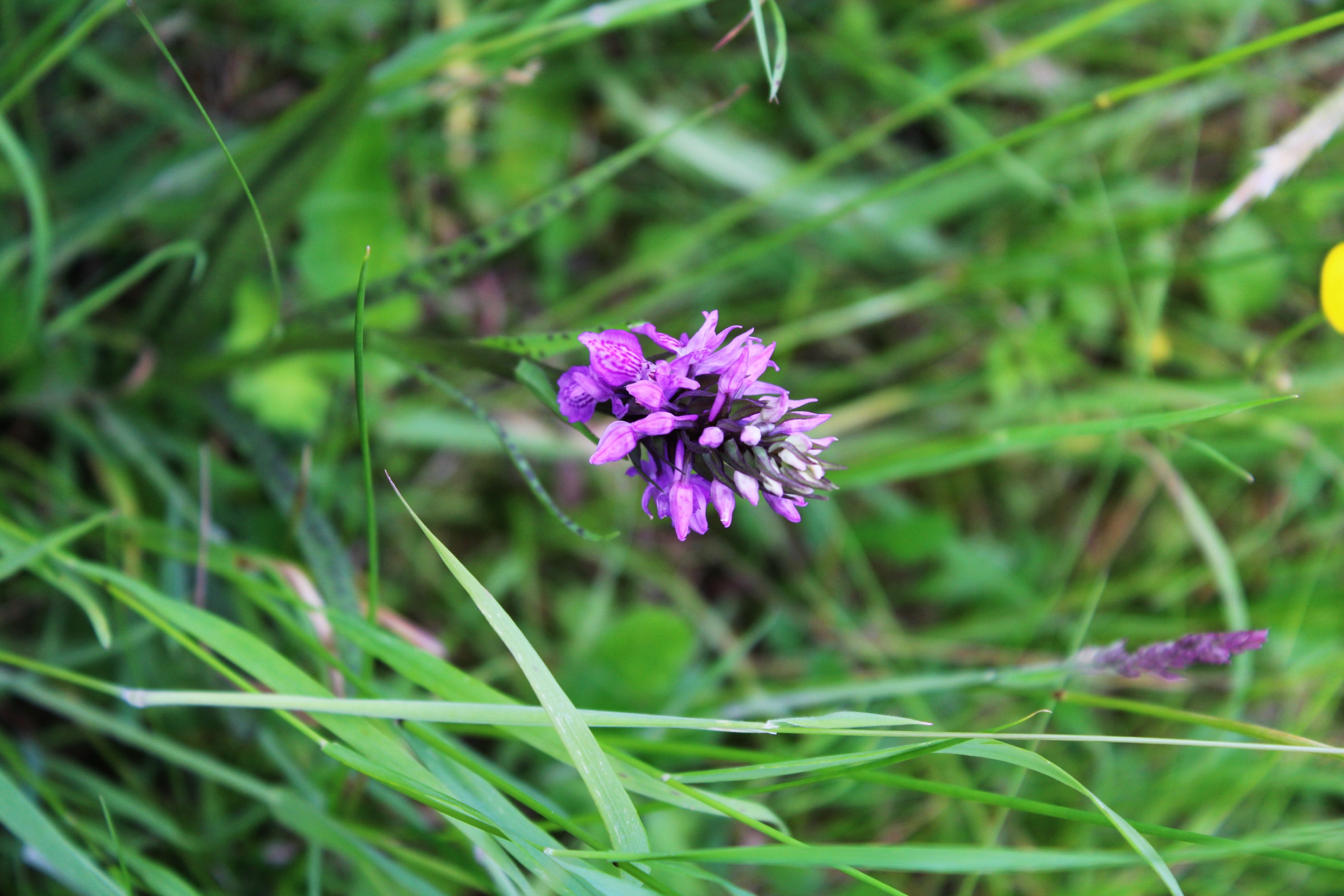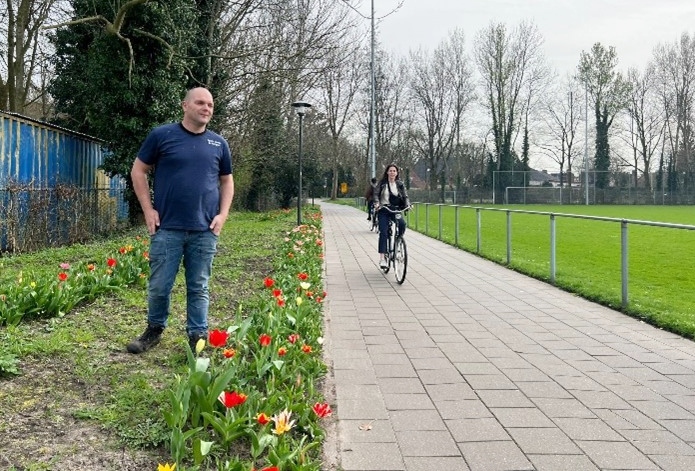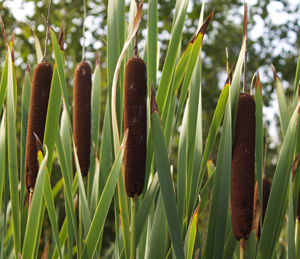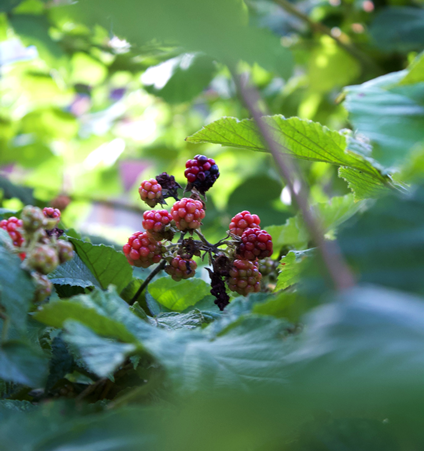Text Julia van der Westhyuzen
Name: Southern marsh orchid
Scientific name: Dactylorhiza praetermissa
Flowering time: May to mid-July
Where to see it: In the garden at Lumen
The southern marsh orchid is one of Wageningen’s own varieties. The flower grows mainly on grass-rich peaty soils and sometimes on (bare and wet) verges. Although not extremely rare, it is exceptional to come across one, as it usually grows in the less accessible parts of nature reserves.
Some orchid varieties produce a single flower bulb, others several. The southern marsh orchid is a good example of the latter: the bulbs look like a hand with fingers, which has led to the Latin name for the flower Dactylorhiza praetermissa. Dactylus is Latin for finger.
Like a fly
If you want to be sure that this is the variety of orchid you are looking at, be aware that there is another almost identical species. The spots on the leaves of the southern marsh orchid should have a green centre. Also note the position and the shape of the flowers: in the southern marsh orchid, the leaves are relatively narrow and slant upwards. Check (carefully) whether the stem is hollow.
There are more than 20,000 species of orchids. They live in symbiosis with fungi and often attract insects in unusual and creative ways: some varieties have flowers that imitate the patterns and shapes of insects, such as the bee orchid, fly orchid or insect orchid. Insects mistake the flower for a mate, alight on it and thereby unwittingly contribute to the pollination process. The insects leave without a mate and without nectar, because these plants have already invested so much in looking beautiful that they have no energy left to make food for insects.
This series is produced by student editor and Master’s student of Plant Breeding Julia van der Westhuyzen (photos and text) and Professor of Plant Ecology Joop Schaminée (stories).

 The southern marsh orchid in the garden at Lumen. Photo Julia van der Westhuyzen
The southern marsh orchid in the garden at Lumen. Photo Julia van der Westhuyzen 

